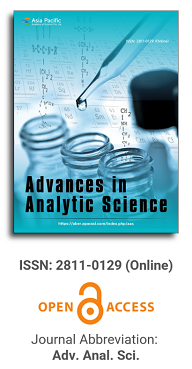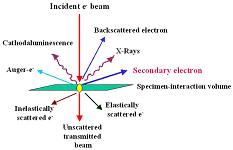Analytical chemistry is widely applied in forensic toxicology. This issue outlines key methods and techniques for detecting and quantifying toxins, drugs, and other evidence. By leveraging analytical chemistry principles, forensic experts can accurately identify and analyze evidence from crime scenes, aiding investigations and legal processes.
by
Priscila M Hidalgo
Adv. Anal. Sci.
2021
,
2(1);
371 Views
Received: 27 April 2021; Accepted: 31 May 2021; Available online: 20 June 2021;
Issue release: 31 December 2021
Abstract
The career of Chemical Engineering presents among the areas studied several analytical techniques in common within the laboratory field with the field of criminalistics, these techniques are used for the detection of foreign components within samples of biological and non-biological origin that alter the behavior of an individual or end with the death of the same, the results are analyzed by comparison with established patterns that allow to give a reliable interpretation to be presented to a judge. The objective of this study is to collect information to determine the areas within the criminalistic and forensic field where a chemical engineer can be of support, taking advantage of his knowledge in the different analytical techniques and helping in the interpretation of the results of these, thus allowing to contribute to the legal procedures that are carried out in the cases presented before the law.
show more
by
Wanying Cui, Zhongshan Yu, Jing Chang, Peng Zhao, Aihua Wang, Xiaojun Wu, Jiayi Li, Yunfeng Zhang
Adv. Anal. Sci.
2021
,
2(1);
366 Views
Received: 25 July 2021; Accepted: 20 September 2021; Available online: 07 October 2021;
Issue release: 31 December 2021
Abstract
Ambient ionization mass spectrometry (AIMS) is a technique that allows for the analysis of target analytes in samples at atmospheric pressure with minimal or no sample preparation. Its advantages, including simplicity, speed, non-destructiveness, and broad applicability, make it highly useful in forensic toxicological analysis. This article provides an overview of the ambient ionization (AI) technique, categorizes samples into two types—in vivo and in vitro test materials—and summarizes AIMS applications in poison analysis across various sample types. It also explores future directions for AIMS in forensic toxicology.
show more


1.jpg)



 Open Access
Open Access